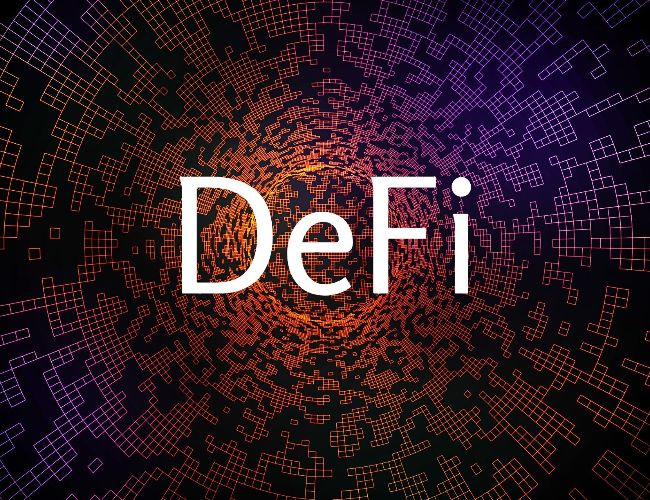- Liquity V2 introduces Protocol Incentivized Liquidity (PIL), directing 25% of Trove revenue to sustain BOLD liquidity and boost ecosystem growth.
- Staking LQTY in V2 allows users to direct PIL incentives, earn LUSD and ETH rewards, and increase voting power over time.
- PIL ensures a sustainable and scalable liquidity solution while maintaining Liquity’s core principles of decentralization and immutability.
Protocol Incentivized Liquidity (PIL), a breakthrough, will be introduced by Liquity Protocol in November during the release of its highly anticipated V2 upgrade. In order to provide the $LQTY ecosystem with more options, PIL will allocate a certain percentage of V2 earnings to on-chain projects. The mechanism ensures sustainable liquidity for BOLD, Liquity’s native token, while stimulating ecosystem growth.
Directing Protocol Incentivized Liquidity with LQTY
Liquity V2 is scheduled to launch in November.
In this post we will go over a core innovation it introduces – PIL – and how it adds a new dimension to $LQTY.Let’s dive in 🧵👇 pic.twitter.com/f8Ykn89Vho
— Liquity (@LiquityProtocol) September 9, 2024
Revenue Distribution and Weekly Incentives
Significantly, PIL’s design will allocate 25% of the revenue generated from Trove interest, with the remaining 75% supporting the Stability Pool. Hence, as long as there are active borrowers, PIL’s budget remains viable. This makes it a scalable solution, unlike traditional token emission models.
Additionally, PIL will distribute liquidity incentives weekly based on a gauge weighting system. LQTY stakers can select their preferred initiatives, providing greater control over incentive distribution. Moreover, initiatives like Uniswap v4 hooks and borrower rewards in lending markets can be proposed, broadening PIL’s scope.
Liquity V2 maintains its core principles of immutability and governance minimization. However, PIL will introduce an on-chain governance module specifically to allocate incentives. Notably, this governance feature will not interfere with the protocol’s core parameters, ensuring it remains unchanged post-launch.
Maximizing Rewards and Voting Power
Staking LQTY provides dual rewards. Besides directing PIL, stakers will also earn LUSD and ETH rewards from V1, creating a compelling synergy between the two versions. Moreover, a time-weighted voting system boosts users’ voting power the longer they stake.
This governance minimization approach helps Liquity stand out in the DeFi, avoiding risks like off-chain censorship. Moreover, it acknowledges that liquidity in DeFi requires active management, which PIL achieves through sustainable community-driven incentives.
Ultimately, Liquity V1 and LUSD will continue alongside Liquity V2 and BOLD. This dual option provides users the flexibility to choose between the original design and the new innovations introduced in V2. Consequently, PIL adds an extra dimension to Liquity’s ecosystem without compromising its core values of decentralization and immutability.







Leave a Reply